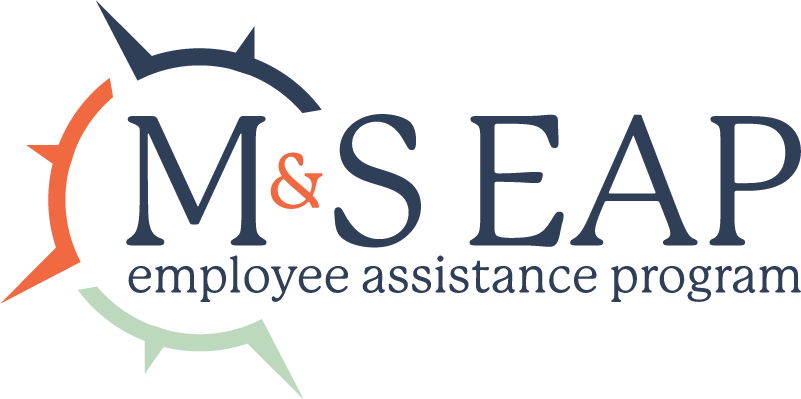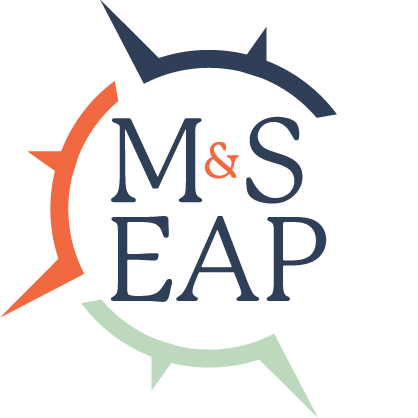A Complete Guide on How to Deal with Workplace Bullying

Playground bullies are one thing. High school jerks are another. But workplace bullies?
This is a part of adulthood few people are prepared for. Some think it’s a myth. Many people assume bullying isn’t going to be a problem in adulthood due to the fact that, well, we’re adults now.
Bullying is often looked at as a “kid thing,” but that couldn’t be farther from the truth.
Adults were once children, and that version of themselves is still at the core of their being; the experiences they underwent in their childhood stay with them, whether they consciously remember them or not. Many traumatic childhood experiences go unacknowledged and unhealed, and therefore, become suppressed.
As a result, you have fully grown adults walking around with what are essentially open emotional and psychological wounds. Until those wounds are faced, processed and healed, will continue to “bleed” onto other people.
One of the ways this manifests is through bullying behavior.
Knowing how to handle workplace harassment and bullying can be confusing, so we created this article to serve as a mini-guide to help you learn how to deal with workplace bullying. We’re going to break down what this kind of bullying looks like, how to recognize it, as well as how to deal with it.
What is workplace bullying?
Workplace bullying is the persistent mistreatment of an individual in a work environment.
It does not discriminate, and can happen to men and women of all ages, races, backgrounds, religions, from all different educational, social, and financial standpoints. It can also occur in all sorts of environments — including the workplace.
Workplace bullying examples
Bullying can take on many forms, including physical, verbal or virtual.
Some of the most common examples include:
- Being falsely accused of errors or inappropriate behavior
- Being ignored or constantly dismissed
- Receiving aggressive or non-work related criticism
- Being excluded or isolated from meetings or other group activities
- Getting yelled at by a superior in front of others (or yelled at, in general)
- Receiving different, unfair or unjust treatment
Bullying in the workplace not only fosters a toxic environment, but it can take a significant toll on both the mental health, physical health and overall wellbeing of the employees. These factors and more often lend to damaging both individual and team work performance.
That’s why it’s important to know how to report workplace bullying.
How to deal with workplace bullying (as an employee)
Maybe you’re personally experiencing bullying in the workplace, or maybe a coworker has confided in you that they are; maybe you’ve seen it happen.
Should you get involved, or will that make it worse? Do you have a responsibility to humankind to step in, or is it none of your business? Should you face it head-on, discuss it with a manager, or go straight to HR?
The first step is to document what’s been going on with as much detail as you remember. In addition to keeping a notepad of the who, what, when, where and why of the instances, you should start collecting any concrete evidence you have. For instance, if your boss is (wrongfully) criticizing your work performance, collect projects and additional data that demonstrate the opposite. This way you’ll have vivid memories and proof to draw upon, if necessary.
The second step is to report the bullying. Ideally, you would mention what’s been going on to a trusted authority figure first, and then follow their lead as they help you go through the process of reporting the incidents to the human resources department (HR).
If you don’t feel comfortable approaching a superior, you can always go directly to HR.
If none of the above options sit quite right with you but you’re still wanting to find , send us a message.
How to deal with workplace bullying (as an employer)
It should always be a priority to maintain a bully-free workplace. This isn’t just for the health and safety of your employees, but also because preventative measures are much more time—and cost—effective than intervention, mediation or a potential lawsuit.
Offer alternative educational resources and opportunities in which to better mentor and rehabilitate the mindsets of the authority figures within the company. Instead of mandating your employees to take an online course, consider incentivizing them to attend in-depth training experiences such as conferences or retreats.
Unfortunately, bullying in the workplace is common, and there may come a time when an employee confides in you that they are the victim of workplace harassment and bullying. In those instances, it’s important to foster a supportive environment for your employee to be vulnerable. To do so, you should listen with an open mind, respond with empathy, release any judgments or criticism that might creep up and commit to genuinely discovering the truth, and dealing with it in kind.
Or, you can send us a message.
Contact us for professional support
If you are experiencing workplace harassment and bullying, or someone has confided in you that they are, reach out to us here at Mazzitti & Sullivan EAP.
These situations can be challenging to navigate when you aren’t sure what to do, and it’s better to seek professional help than engage in behavior (even well-intentioned) that might accidentally escalate the situation.
To learn more about which of our services is the right fit for you, call us today.



